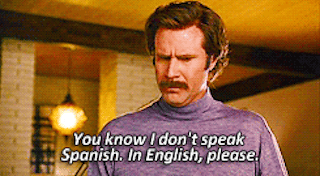lazyboy97o
Well-Known Member
How? The Magic Kingdom monorail station is inspired by train sheds. Its ornamentation is largely simple but that‘s not really a problem unless more ornament equates to more “theming.“ The columns are round, fluted and ornamental. The structure above uses patterns made of a variety of sizes and shapes of steel to create simple ornamentation. What there is in any way similar to a big, flat square column that is supposed to represent the delicate and curved forms of Art Nouveau?For the sake of argument: and the MK monorail station? Commonly acclaimed, but every one of your objections to the EPCOT Skyliner station apply.


